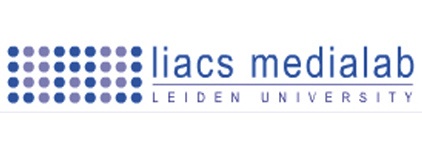 The primary goal of the virtual studio research at the LML
is to broaden the boundaries of current technology in
mixing real video input with 3D graphics. The primary goal of the virtual studio research at the LML
is to broaden the boundaries of current technology in
mixing real video input with 3D graphics.
In television and movie productions, each video frame
is composed of the real video from the actors and the
background set. Finding the right background could
be solved by flying to the right place, which could be
costly and might be ill-timed due to unpredictable
weather conditions; or could be created physically
from wood, plaster, plastic, and foam materials. Creating
the physical sets requires substantial time, storage space,
and sometimes the sets are not sufficiently realistic.
The other option is to capture the video footage of the
actors in front of a "blue screen," which would be
replaced by a computer generated scene. This option
is the essence of virtual studios.
The advantages of the "blue screen" options are (1)
the backgrounds require no physical space and can
be re-used on-demand; (2) the backgrounds are not limited
to what exists in reality - e.g. there is no location
on earth where the dinosaurs in Jurassic Park could
be found. With virtual studio technology, the movie
director is limited only by his imagination.
This technology is timely due to several important factors.
First, high quality, low cost video input became feasible
with the arrival of the DV (digital video) cameras and
purely digital video input devices.
Second, it was also essential to have sophisticated
3D virtual worlds which requires substantial graphics
rendering power. Current technology has allowed
inexpensive 3D game cards to have similar 3D graphics
power as the professional workstations from 5 years ago.
Third, the connection between the 3D graphics
card and the real time video input had to be
enhanced considerably. Up to a few years ago,
the only machines which were capable of sustained,
reliable, video bandwidth over the system bus were
specialty workstations from vendors such as SGI.
Currently, the AGP 4X bus appears to be sufficient
at a bandwidth of 1 GB/s.
The initial impetus of this project came out of the
European ESPRIT WEPTEL project for developing
innovative weather presentations. If you watch
television in the Netherlands, it is probable that
you have already seen one of the results of the
WEPTEL project which is used on a regular basis
by NOS (the largest television station in the Netherlands)
Research and development on the virtual studio system has been promising and
an advanced version of the system is expected to be
released soon.
Some of the people who have been involved with this project
include (alphabetically) Roger Fujii, Michael Lew, Ernst Lindoorn,
Jelle Westenbroek, Harry Wijshoff, and Lex Wolters. |
